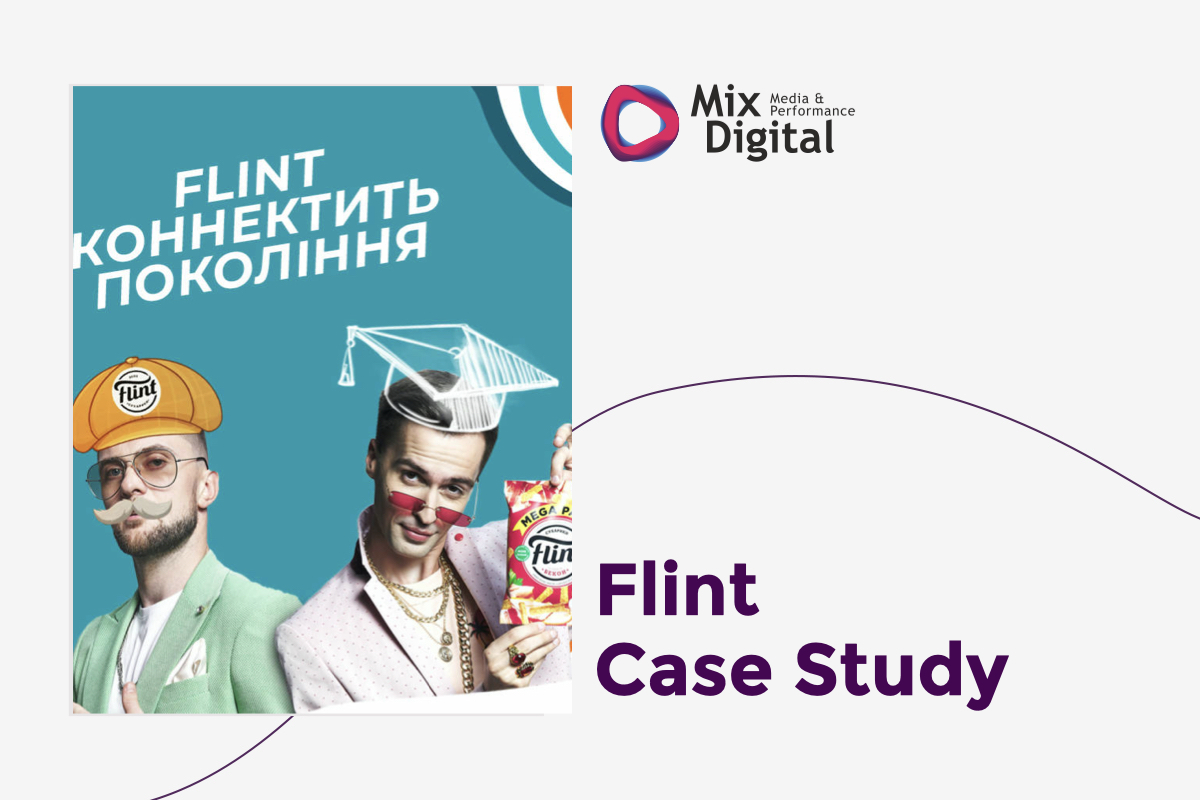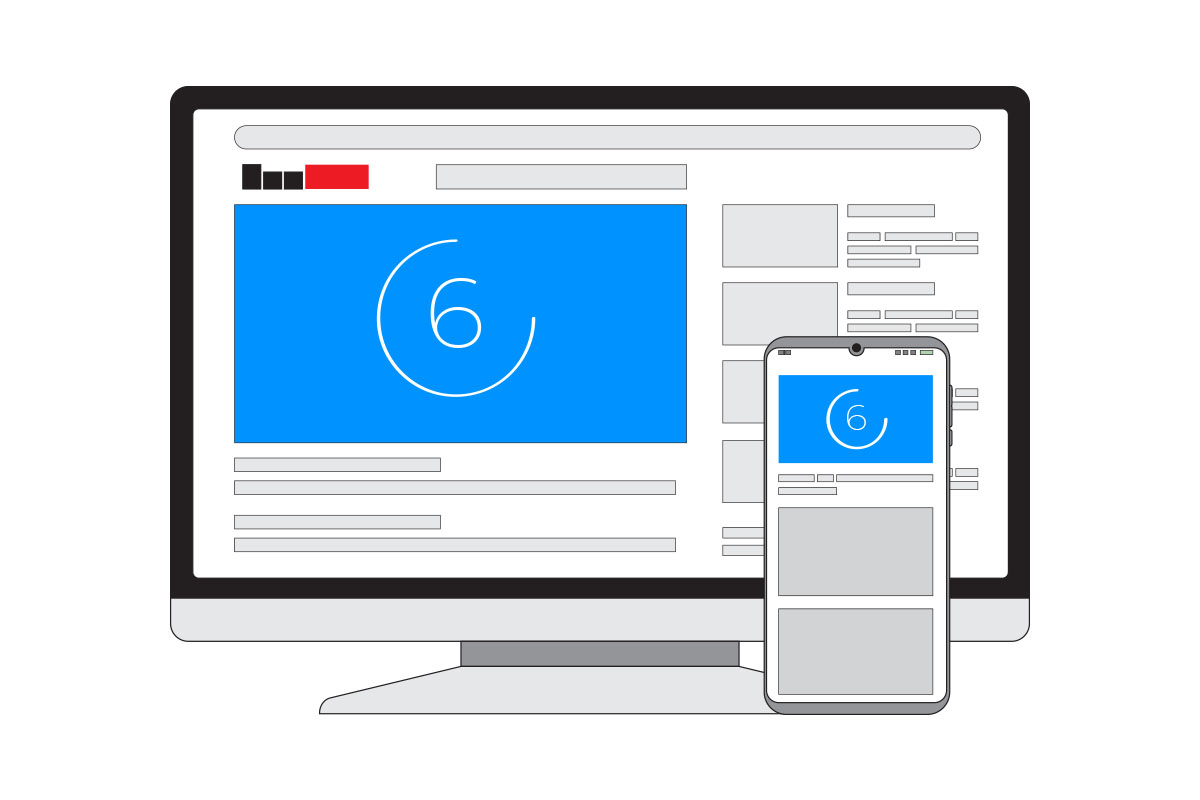Flint are wheat-rye croutons with a bright taste. The brand has been on the savory snack market for more than 20 years, all this time it has been a leader in the category. Here we tell you how to maintain awareness on the market with the help of media activity, creating reach of more than 80% of the target audience.
Challenge: Maximum coverage and sufficient level of contact frequency
Our client has a line of snack brands. The audience is the same, but slightly different in terms of media consumption (teenagers in particular).
After the lockdown was introduced in 2020, the client had to review their annual plans. For example, the “toasted crackers” product was popular among football fans. Communication was planned at specialized platforms during football matches (in April and May 2020). But due to quarantine, this has become irrelevant.
Products that we promoted despite the quarantine: “Baguette” (launched the campaign in April 2020), “Gum in a pack” (spring-summer 2020), and “Flint Academy” (autumn 2020).
The snack category is quite competitive, so we needed to combine maximum reach with a sufficient level of contact frequency. Video placement became the key, it showed the best result in the creation and maintenance of product awareness.
The main media goal was to reach at least 60% of the target audience for each product.
Implementation: choice of formats and tools
We used placement on YouTube, a format optimized for maximum results for Reach and short teasers Bumper ads, as well as in-stream videos on popular portals and film-streaming platforms. For interaction with a young segment of the audience, the Rewarded video format in mobile applications was effective. Its advantage is also in the low advertising cluster. As an interim format between video and banner ads, we used the in-page format — Sticky Video from Admixer.
A split display of formats was used to complete the contact frequency and reduce its cost. It contains, in addition to the standard formats in the Google Display Netwrok, desktop and mobile display — catfish, fullscreen, postitial and placement in Viber in the Post Call Ads format.
These formats are the most visible and don’t get lost in banner blindness.
Important communication channels were Facebook and Instagram, where we used video and banner ads in the news feeds.
During the advertising campaign, we decided not to artificially limit the share of mobile and desktop advertising, since most of the tools build display algorithms depending on the media consumption of the target audience. The organic share of mobile use is already significantly higher than desktop.
Each of the three communications made it possible to reach more than 80% of the target audience at an average contact frequency of 4.5 impressions per user.
Further promotion plans require the adaptation of new trends and changes in media consumption of the brand’s audience. The rapid growth of social networks (TikTok, Tinder) and the development of mobile and mobile gaming require a presence in these channels.
Campaign results:
As a result, over the six months of the advertising campaign, we reached more than 80% of the target audience for each of the brand’s products. The average frequency of contact with the user was 4.5.






